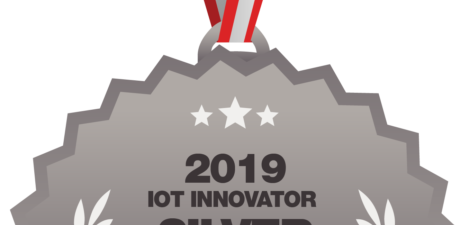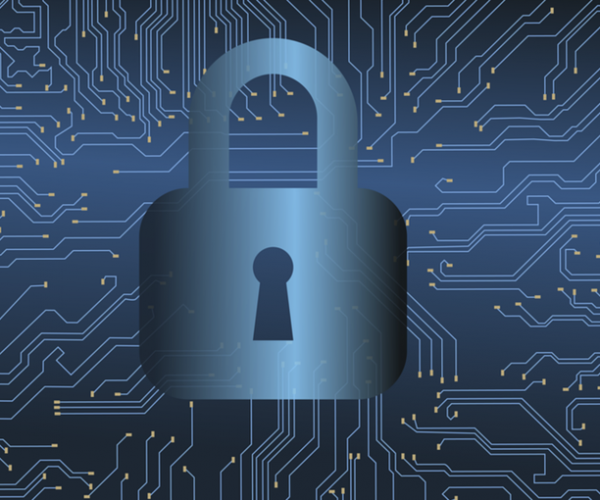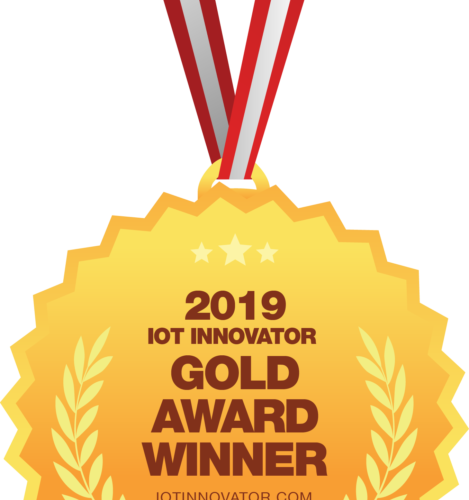by Eric Miller
This article is the first in a two-part series. Read the second part here.
Smart devices have been around for some time, and have improved performance in many industries. But when you connect a smart device to the internet, those advantages become greatly amplified. That’s why the growth of IoT is changing many industries. Like every innovation, however, IoT devices also have their challenges—like handling large amounts of data and finding new solutions to security concerns.
In order to fully understand the magnitude of the impact of IoT devices, we must ask four questions: What makes a product “smart” enough for the Internet of Things? What does it mean to be ‘connected,’ and why is this so important? What do we do with the masses of data collected? And, finally, what are the security concerns?
Sensors and controls: making a product smart enough
First, the device. What, exactly, makes a product “smart” enough for the Internet of Things? This can actually be answered pretty simply—in order to make a product “smart,” you need sensors, controls, a controller and power.
Sensors
Spending time on determining what to measure is critical. You also need to make sure what you measure adds value. How is having the information useful? Is it something you can use immediately to improve the performance of the device? Or is it something you can store and come back to and use to discover ways to save time and money? This can be easy, like for a heart monitor you measure heart rate. But what about something as basic as a hammer? Some suggestions may be keeping track of when it’s being used, who used it, and if it’s being swung with the greatest efficiency.
Next you need to find sensors. This is where technology has come a long way − we can now measure many things with very little power. The most common sensors measure temperature, acceleration, location, light and electrical current. For a hammer, we just need to measure acceleration. It can tell us all we need to know except who is using it. A simple input device can solve that problem.
Controls
Many IoT devices don’t need controls, they just gather data and report it. But if you allow that data to be used to improve the device’s performance, or allow users to remotely control the device, you can add significant value. Controls vary greatly from a buzzer to a complete electromechanical system with sophisticated software.
A simple example would be a smart thermostat. Its controls turn a heater on or off. A complex example would be a robot, where servo motors are used to prescribe motion. For a smart hammer, we don’t need much. Maybe three LED’s to give feedback to the user on if they are swinging correctly, if the device is on, or if something is wrong. And maybe three buttons to enter information.
A controller
The sensors and controls are connected to some sort of controller. This can be a simple non-programmable circuit, a basic microcontroller, or a small computer. The key is to go with the smallest controller possible that minimizes power and cost. If it needs to be programmed, that should be done in the simplest and most robust way possible.
Don’t forget power
Smart products need power. In many cases a smart device is an electrical device that already has power, so you don’t have to worry. But if you’re making a non-powered device, you need to figure out how to get power there, which most probably will be through a battery. In that case, the efficiency is critical.
So now you have a smart device, complete with sensors, controls, a controller and power. What’s next? Connecting it to the rest of the world, and making your device a part of the Internet of Things — achieving connectivity.
Connectivity: what makes the Internet of Things a big deal
The great thing is that by connecting to the internet, you are using an existing standard and a ubiquitous infrastructure. Think about the smart phone —mobile phones were already powerful and useful when they connected to the phone network, allowing calls, texting, and other messaging. When they were connected to the internet, the usefulness of the device exploded. Connecting a smart device to the internet, however, involves much more than just adding a Wi-Fi connection. There are a lot of options to evaluate and understand.
Connectivity can be achieved fairly easily through Wi-Fi, but you could also use the Bluetooth protocol to connect to a device that is on the internet. If the device is remote, it can be connected through a cell phone or mobile broadband, or perhaps even a satellite connection. You also need to determine if the connection needs to be constant or if the device just needs to connect every once in a while. The selection of the optimal connectivity method is driven by power availability, the size of the device, and where the device will be located.
Once a way to connect the device has been determined, the hard work begins. Software needs to be written on the device to take the information you want to send through the internet into some form and send it. Software will also be required if the device needs to take input from the internet and act on it, such as change a setting or power something on or off.
This onboard software must be matched by software on a computer somewhere that sends and receives information to and from the devices, or most likely, multiple devices. This software can be very complex and needs to be robust and flexible. It also needs an interface for consumers or other users. Many IoT efforts fail because they focus on the device or the data, and don’t put enough focus on the software for both ends.
Now, you have a smart device and a connection—but what do you do with the colossal masses of data your device collects and builds up?
Eric Miller is a principal at PADT Inc.




